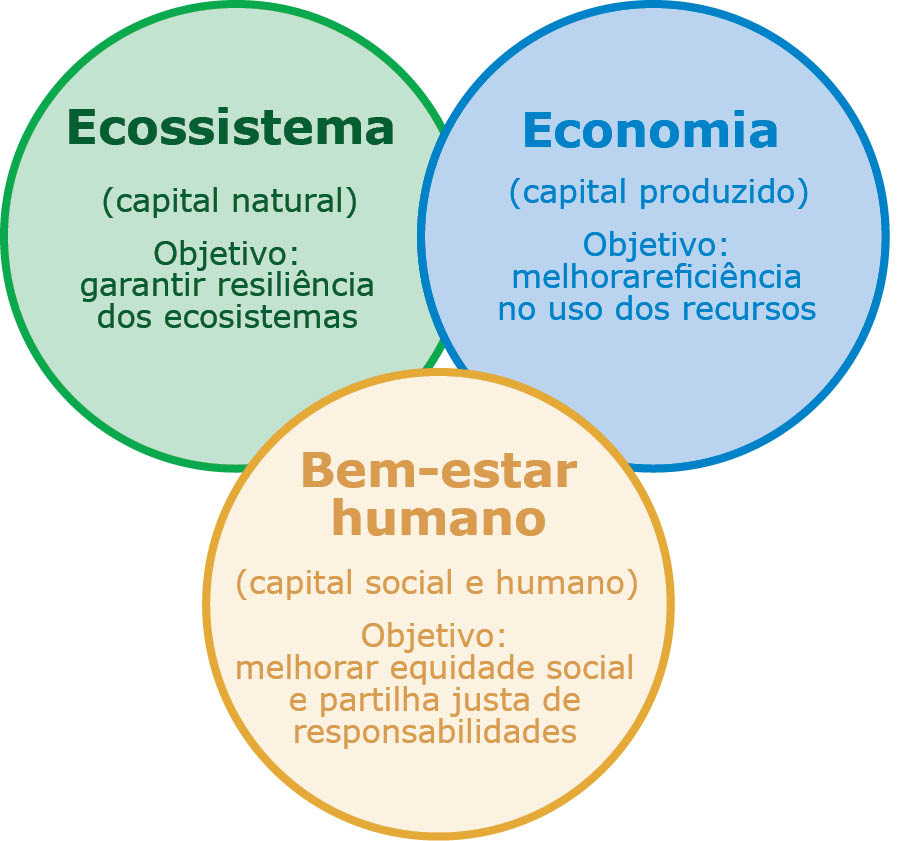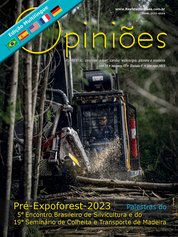Maria José Brito Zakia
Director of Práxis Socioenvironmental
OpCP72
Innovation
Innovating is more than launching a new product, or developing new equipment, or even adopting the latest technologies. Furthermore, it is not because something is new or uses high technology that it is automatically good or innovative. But the new always deserves to be evaluated.
And when we talk about this subject, it is common to think about technological innovation, which is not the only type of innovation. But what is innovation anyway? According to the Organization for Economic Cooperation and Development ( OSLO 2005 manual) innovation is the implementation of a new or significantly improved product (good or service), or a process, or a new marketing method , or a new organizational method in practices business processes, workplace organization or external relations.
There is more than one type of innovation. It can be incremental, radical or disruptive . But, regardless of the type, for there to be innovation it is essential that there is management of this innovation, and one of the methods of this management are: Purpose, Process, People and Policy. The following is a brief explanation of the innovation management components:
1) Be clear about the Purpose of the innovation, that is, what is the objective and justification for it. A purpose can be, for example, the generation of value;
2) Knowing how the innovation will be implemented to reach the objective, that is, knowing the implementation process and its stages;
3) Know and include the People who will participate in the innovation. Here we have the different parts of innovation, such as managers, customers, employees, community, researchers, among others.
4) Establish the rules and guidelines for the innovation to be implemented and reach the planned potential, that is, what is the organizational culture (policy).
If in the creation of value, mentioned in the Purpose item, we include sustainable value, then we will have an environment for innovation aligned with the so-called green economy, whose scheme is presented in the highlighted figure (European Environment Agency)
The development and diffusion of new technologies are essential for the growth of production and increased productivity. But this increase is not infinite, and the cost versus investment discussion, as the only guideline for implementing new technologies, has become outdated, as sustainability has become good business.
 According to the Innovation Law 10.973 of 2004, innovation is defined as “introduction of novelty or improvement in the productive and social environment that results in new products, services or processes or that includes the addition of new functionalities or characteristics to a product, service or process already that may result in improvements and effective gains in quality or performance”.
According to the Innovation Law 10.973 of 2004, innovation is defined as “introduction of novelty or improvement in the productive and social environment that results in new products, services or processes or that includes the addition of new functionalities or characteristics to a product, service or process already that may result in improvements and effective gains in quality or performance”.
Gone are the days when innovation in forestry only sought to increase the productivity of a plantation or to develop new equipment. Today it has to increase the productivity of plantations, reduce costs, not harm neighbors, conserve soil, store carbon, not harm the water system, among other things.
And there's more, it's not just silviculture applied to the planting of exotic species, because we also have to think about the 10 million for restoring native vegetation, which are part of the obligation brought by the law for the protection of native vegetation and which is part of the commitment assumed by Brazil at COP25 . Modern forestry has new purposes and is part of the opportunities for creating sustainable and shared value for companies and the forestry sector.
And now I would like to talk about process innovation, which is any optimization or change carried out in production processes and/ or in the development of products and services. It could be a machine, it could be a new form of pest control, or the use of a drone in post planting assessment. The important thing is that the new process brings benefits to the company and other interested parties.
The challenge is to grow and respect both the limits imposed by the environment and the territory in which it operates, that is, forestry aligned with the green economy. This challenge is easier if innovation is open.
The forest sector has been prodigal in the so-called open innovation, which is the opening of the innovation process to the contribution of other publics and institutions, such as other companies, universities, research centers, workers and users of the product or service. There are several partnership initiatives between the forestry sector and research institutions, with emphasis on the Forest Research and Studies Institute , Forest Investigations Society, Paraná Forest Research Foundation and also the certification norms Forest Management Council and Brazilian Program of Forest Certification .
And now, speaking specifically of silviculture, I believe that at the Silviculture Meeting we will see many examples of technological and process innovation, such as the use of tubes , clonal silviculture, ex situ conservation of eucalyptus species, planting between the lines of eucalyptus without the need for stump removal, among others.
So let's talk about 3 future challenges that will certainly require innovation efforts in forestry:
a) Shortage of chemical fertilizers and soil amendments forecast for 2050;
b) Selection of native species to increase effectiveness and reduce costs of restoring native vegetation;
c) Soil conservation even with increased mechanization;
d) Silviculture in sloping areas not suitable for agriculture.
In summary, good intentions and alignment with global challenges will allow Brazilian forestry to continue innovating.




